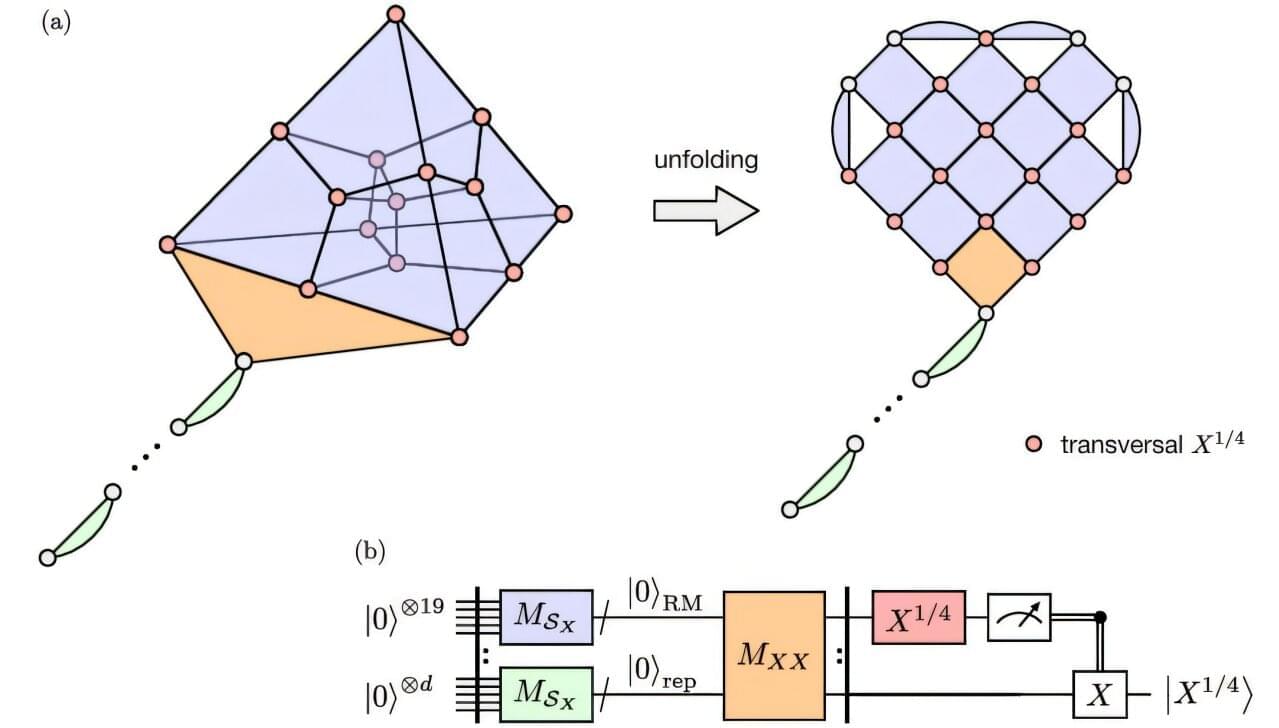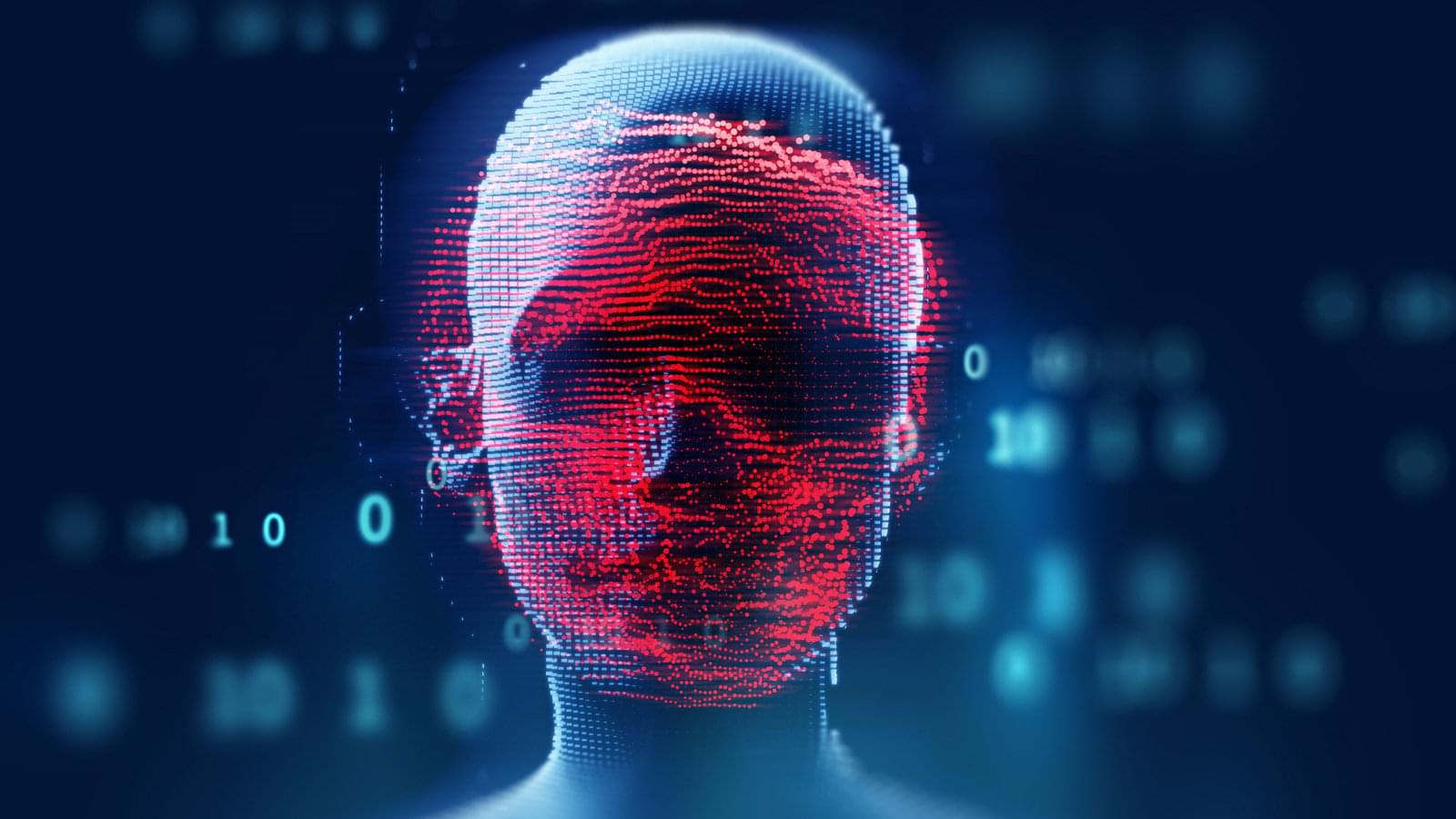Quantum computers, systems that perform computations leveraging quantum mechanical effects, could outperform classical computers in some optimization and information processing tasks. As these systems are highly influenced by noise, however, they need to integrate strategies that will minimize the errors they produce.
One proposed solution for enabling fault-tolerant quantum computing across a wide range of operations is known as magic state distillation. This approach consists of preparing special quantum states (i.e., magic states) that can then be used to perform a universal set of operations. This allows the construction of a universal quantum computer—a device that can reliably perform all operations necessary for implementing any quantum algorithm.
Yet while magic state distillation techniques can achieve good results, they typically consume large numbers of error-protected qubits and need to perform many rounds of error correction. This has so far limited their potential for real-world applications.








